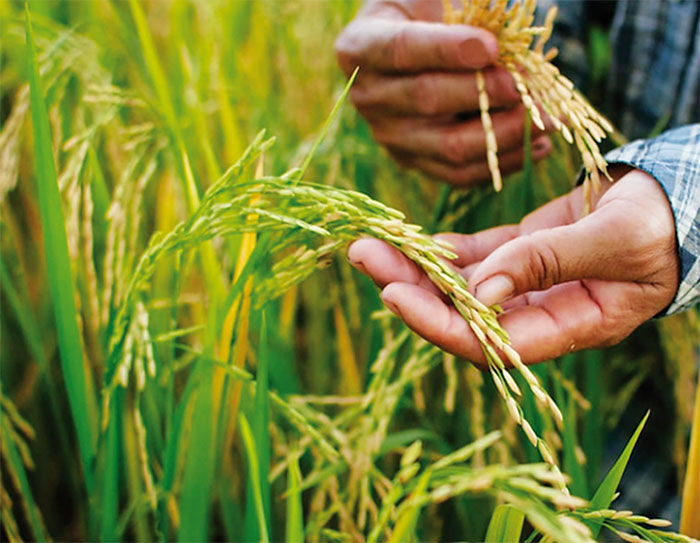The Kilusang Magbubukid ng Pilipinas (KMP) said the government should allocate a higher amount for the National Food Authority’s (NFA) palay procurement fund.
The group said the government must increase the NFA buffer stocking fund to P79.8 billion from the current P7 billion for the procurement of at least 20 percent of the estimated 19.96 million metric tons of local palay production from farmers at a farm gate price of P20 per kilogram (kg).
At present, the NFA buys palay at P19 per kg.
“The demand to increase the NFA budget for local palay procurement is just and very doable if only the government and the economic managers will choose to boost support for the local rice industry instead of the default solution of importing rice,” said KMP chairperson Rafael Mariano, in a statement yesterday.
Mariano also noted the need to provide a P15,000 production subsidy to 9.7 million farmers and fisherfolks in next year’s budget.
KMP also criticized calls for the Department of Agriculture to import more rice to augment the buffer stock affected by super typhoon Karding, saying importing more at a time when the peso is weakening against the US dollar “would be detrimental to the economy.”
Meanwhile, the Alliance for Resilience, Sustainability and Empowerment (ARISE) said the farmgate prices of palay should be increased – P22 per kg for cleaned palay or P25 for dried palay.
ARISE said in a statement the NFA is open to increasing its buying price but that this would only be possible with the support of legislators for higher budget and if local government units will engage in palay procurement.
“In the meantime, an impending global food shortage is looming in the next few months as rice production in some countries has declined due to extreme weather events. Hence, the need for the government to act urgently to ensure that it has enough rice buffer stock in its warehouses to avert any domestic crisis that could erupt when rice prices shoot up as a result of forecasted reduction in global rice supply,” the group added. Jed Macapagal




